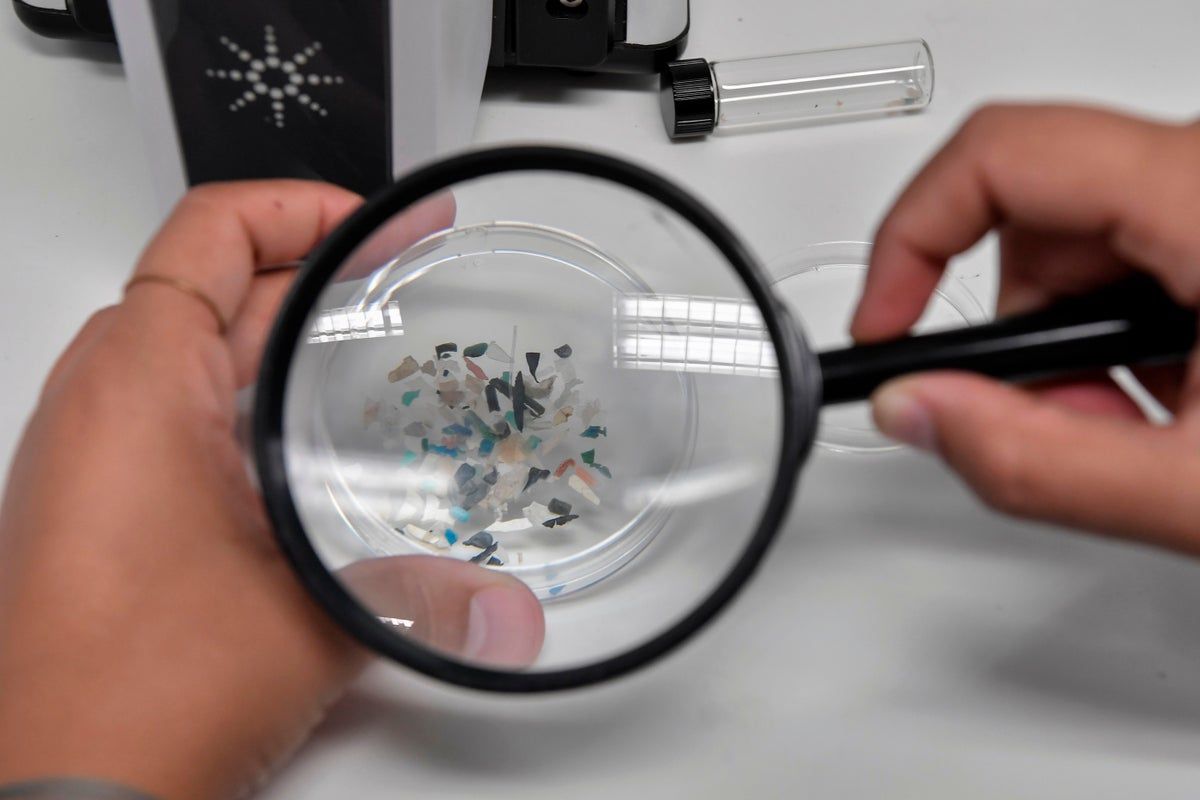Scientists have detected potentially toxic microplastic particles in human semen and female reproductive fluids for the first time, which raises concerns about potential health and fertility risks.
A growing research body warns that these small almost ubiquitous particles, less than 5 mm in size, represent a threat to environmental and public health.
Previous investigations have shown that in tissues where microplastics accumulate, these particles can induce inflammation, formation of free radicals, DNA damage, cell senescence and hormonal interruptions.
A recent study also detected microplastics in human penis samples that raise concerns about their potential role in erectile dysfunction.
Now, a new investigation, presented on Tuesday at the 41st Annual Meeting of the European Reproduction Society and Human Embryology (ESHRE), sought microplastics in semen of 22 men and follicular fluid of 29 women.
The researchers found small particles of several microplastic polymers of common use, including polytherafluoroethylene (PTFE), polystyrene (PS), polyethylene terephthalate (PET), polyamide (PA), polypropylene (PP) and polyurethane (PU), in both liquids.
In general, the new study found microplastics in almost 70 percent of analyzed follicular fluid samples.
The researchers found that PTFE was the most frequent, present in almost a third of the samples.
About 55 percent of the analyzed semen samples contained microplastics, with PTFE again emerging as the most prevalent polymer.
The researchers ruled out pollution as a possible reason for the findings since the samples were collected and stored in glass containers, and underwent chemical treatment before the analysis.
“Previous studies had already shown that microplastics can be found in several human organs. As a result, we did not surprise us all the time to find microplastics in the fluids of the human reproductive system,” said the main scientist Emilio Gomez-Sanché.
“But we were surprised how common they were, found in 69 percent of women and 55 percent of the men we study,” said Dr. Gómez-Sánchez.
While it is “possible that they can affect the quality of the egg or sperm” in humans, scientists say “they still do not have enough evidence to confirm that.”
Researchers hope to expand their analysis to a larger population, along with a detailed lifestyle and environmental exposure questionnaire.
While studies point to several environmental factors that influence fertility, measure the direct impacts of different agents remains a challenge.
“There is no alarm need at this point. Microplastics are only one of the many elements that can play a role in fertility,” said Dr. Gómez-Sánchez.
“However, it is sensible to consider ways to reduce our exposure to them. Simple steps, such as the use of glass containers to store and heat food, or limit the amount of water we consume from plastic bottles, can help minimize our intake,” he said.












